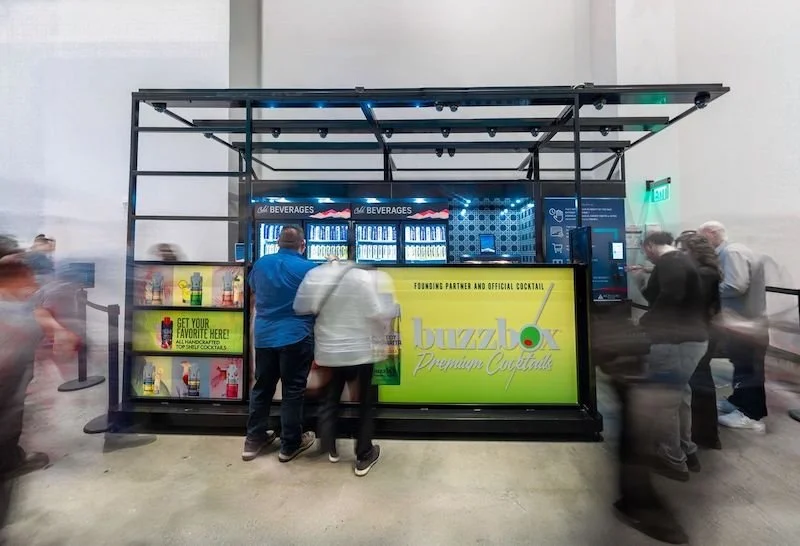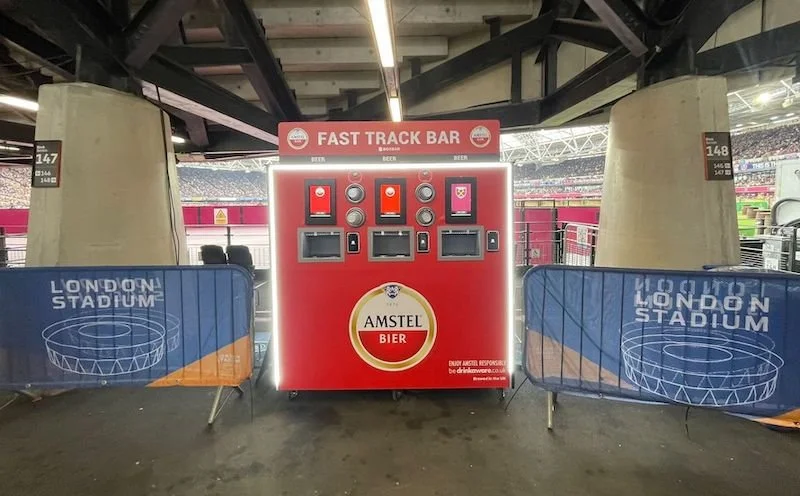Building a sustainable future for deliveries
By Bobby Shome, Global Business Development Director, Centiro
Retailers are working hard to meet the constantly growing demands of their customers, who now expect deliveries at ever-more convenient times and locations. From offering consumers one-hour delivery slots, to parcel collections from lockers, they are doggedly trying to meet these expectations. This is perhaps unsurprising, given research has shown consumers will not make a second online order from a retailer after a previous poor delivery experience.
While deliveries at all hours of the day to office blocks and apartments may be extremely convenient for customers, cities all over the world – from San Francisco to Manchester - are becoming progressively more clogged by delivery drivers on the roads and couriers dropping off packages. This is particularly evident in major cities like New York and London, which are facing infrastructure and environmental pressures, as a result of the additional strain from courier traffic.
In New York, for example, roadside deliveries and poorly-parked drivers blocking other traffic has become a severe issue. The situation in New York was so bad, Mayor de Blasio introduced a congestion reduction pilot programme at the end of last year. The goal was to allow more regulation around when and where commercial trucks can stop and unload goods. This is supported by fines for those violating the regulations in the hope of encouraging compliance.
London shockingly hit its legal air pollution limit for the entire year in the first month of 2018 and has been given a warning to comply with EU laws on air pollution. Failing to observe the EU regulations will mean the UK must face the European Court of Justice and could result in a significant fine. In fact, the situation was so bad in London last year that an emergency air quality warning had to be issued in the middle of a heatwave, with officials advising those with heart or lung problems to avoid exercising outside.
Compounding these issues is the growing number of couriers delivering parcels in the city, especially at peak times. With the number of deliveries in the UK are continuing to increase, with 7% more parcels delivered in 2016-17 - a total of 2.1 billion items, this situation is only set to worsen.
Understandably retailers are keen to meet customer desires for more immediate deliveries; Walmart, for example, recently announced it will offer same day delivery in New York, and Tesco is trialling one-hour delivery in London. Without smart planning, such services could lead to added traffic on the road at peak times.
However, many customers are now also starting to become environmentally aware. Last year a third of consumers said they would be willing to pay more for products that they know come from a company which they believe are doing social or environmental good. While the convenience of having a delivery at a time and location convenient to them is still important to customers, they are also becoming more socially conscious.
Time to take action
Put simply, the race to offer shorter delivery times is contributing to environmental and infrastructure problems.
As well as customers, there’s another force that could steer deliveries in a more sustainable direction - governments, particularly local governments, which are already starting to intervene. New York City, for example, has signed on to meet the UN’s Framework Convention on Climate Change, with the target of reducing global emissions by the middle of the century. In the UK meanwhile, the Mayor of London, Sadiq Khan, has an ambitious transport plan which looks to achieve zero emissions on the entire London transport system by 2020. Making the first move to reduce emissions, Khan announced a fleet of 25 electric vans which delivered an average of 80,000 parcels a week to Londoners over the Christmas shopping period in 2017.
Tackling such a large problem is going to take more than action by individual retailers, or individual delivery company. To be successful, retailers need to be adaptable, able to incorporate new delivery methods and companies into their existing systems, as well as having a platform to share delivery details, costs and drivers with other retailers. This means retailers and delivery companies ensuring they have visibility over their delivery networks, providing them with an overview of the entire delivery process. It will then be easy for retailers and couriers alike to collaborate and share the delivery load, resulting in more environmentally sustainable deliveries.
Creating a sustainable delivery infrastructure is a massive undertaking that will involve a collaborative effort by brands, retailers and delivery services. Only by taking a step back and working together can we build a more sustainable future for e-commerce.










Continue reading…